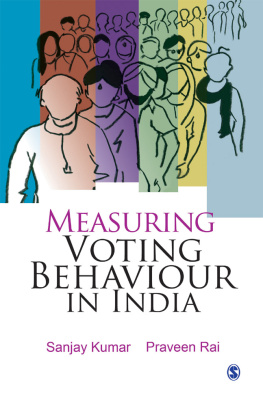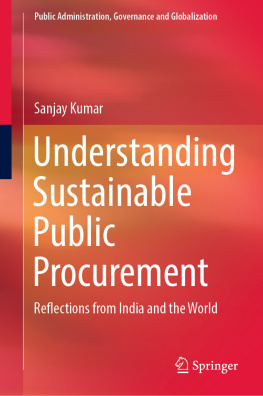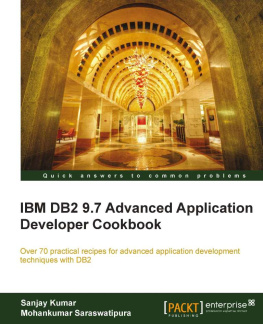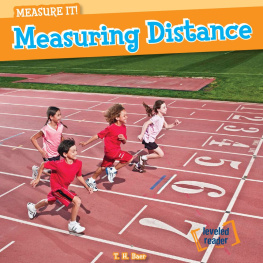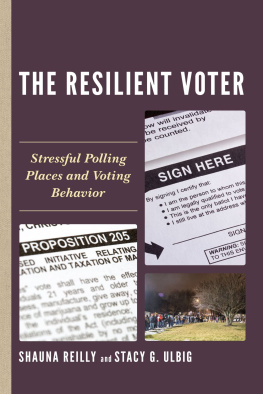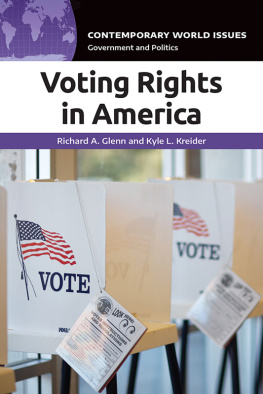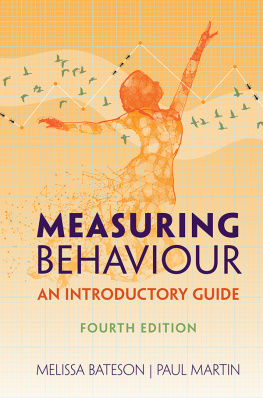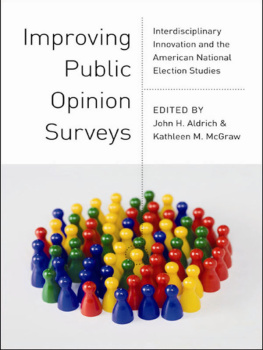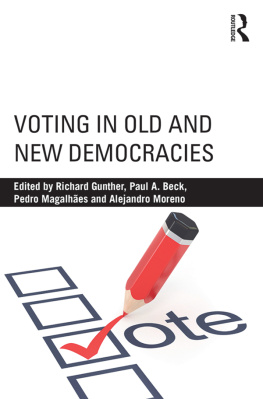About the Authors
Sanjay Kumar is a Fellow at the Centre for the Study of Developing Societies (CSDS) and Co-Director of Lokniti, a research program of the CSDS. He specializes in election studies and is engaged in collecting scientifically reliable data on political behavior and attitudes of the Indian electorate. His area of research has been electoral politics with a special focus on patterns and strategies of electoral mobilization. His research draws heavily from survey research, which he pursues as his research tool. Trained in survey research at Summer School at University of Michigan, he has been the director of various national and state level surveys conducted by CSDS during Lok Sabha elections of 1996, 1998, 1999, 2004, and 2009. Besides the NES, he has also directed various state level studies. He has co-edited Rise of Plebians? The Changing Face of the Indian Legislative Assemblies (2009) with Christopher Jaffrelot and co-authored Indian Youth in a Transforming World: Attitudes and Perceptions (2009) with Peter R. DeSouza and Sandeep Shastri. He has also authored various research reports, contributed articles for several edited volumes, and published in many international and national research journals.
Praveen Rai is an Academic Secretary at Centre for the Study of Developing Societies (CSDS), Delhi, a premier institute in social science research and humanities in India, funded by Indian Council of Social Science Research. His key areas of research interests are: election studies with a special focus on states of Haryana and Chhattisgarh, participation of Indian women in electoral politics and media monitoring. Before his present assignment, he worked as a Project Manager at Lokniti, where he handled more than 50 election studies and opinion polls and was actively involved right from the stage of designing the surveys till final dissemination of processed data in the public domain. His writings have been published in Indian academic journals, mostly in the Economic and Political Weekly (EPW). His seminal work, Electoral Participation of Women in India: Key Determinants and Barriers, was published as a special article in the January 2011 issue of EPW. He used content analysis as a research tool to ascertain and analyze the media coverage of women's issues in mainline newspapers in 2002. Based on this study, he wrote a book called Women in PressStill Invisible in association with the German foundation, Friedrich Ebert Stiftung (FES), India office in 2003.
Measuring Voting Behaviour and Attitudes
The term measuring voting behavior and attitudes of the electorates immediately brings to mind the numerous election surveys and exit polls that take place whenever elections are held in India. Opinion polls for measuring voting behavior and for making seat forecasts in electronic and print media have now become a regular feature during elections. The swing of votes and early gains and losses for political parties and candidates that are ahead in the electoral fray make newspaper headlines and bytes on television channels throughout the election period. Election surveys are conducted by media and polling organizations all over the world to measure the popular mood of the voter during the elections, to find out issues that would be crucial in the elections, the voter's choice of political parties and leaders, and the voting intentions of the electorates. The opinion polls do an in-depth and holistic measurement of voting behavior and opinion of the electorates that include gains and losses for political parties or candidates in terms of vote share and their winnability chances in the elections. The measurement of voting behavior in the broad framework means approximation of the electorate's opinion and views on various facets of electoral competition in numerical terms based on a sample survey of registered voters. The opinion and attitudes of the voters are gathered through empirical research and are quantified or translated into figures to provide a macro-view generalization about electoral trends and patterns in the elections. A sample survey is done to collect data on the electoral behavior of the voters that is representative and mirrors reflection of the opinion and views of the total electorate. The data collected through empirical research are used along with the available secondary data on elections to compute voting behavior and attitudes.
The term measuring voting behavior and attitudes has different connotations for different academic disciplines and the method and determinants they use to probe them are also different from each other. There are several approaches used by social science disciplines for measuring voting behavior like sociological, political, ecological or aggregate statistical, sociopsychological, and rational choice. Thus it becomes pertinent to deliberate and discuss the different connotations of the term voting behavior and find out whether these disciplines use completely different measurement approaches or whether they share some common variables of probe and draw from each other in their research methods. The interpretation of the term voting behavior and the different approaches in measuring voting behavior and attitudes of the voters will help in understanding the nuances and finer aspects of the various methods used in a comparative framework. The origin of the study and statistical analysis of elections can be located within the discipline of political science which with the passage of time developed into a subdiscipline called Psephology. Psephology is the study of elections based on precinct data on voting, public opinion polls for gauging the mood of the voters, information on campaign finance and other available statistical data on elections. This raises some competing questions like why are opinion polls done to study electoral competition when secondary data on elections are available and what are the aspects of electoral behavior that is probed and analyzed by such polls. Similarly what is the purpose for measuring voting behavior and attitudes of the electorate and how are the collected data used and utilized. The answer to these posers and questions connected with it will be elaborately discussed and detailed in the relevant sections of this chapter.
This chapter is divided into two sections: The first section deals with the meaning of the term measurement as used by physical and life sciences and what it means for election studies. It tries to find out how voting behavior can be measured and what are the scales used for computing them. It discusses whether the measurement of behavior, opinion, and views of the electorate can be done with similar accuracy as measurements of phenomena are done in various disciplines of pure and applied sciences. This section figures out the aspects of voting behavior and attitudes that are usually computed by popular opinion polls in India. It enumerates the different connotations of the term voting behavior and approaches adopted for measuring it by various disciplines of social science. This section also focuses on different kinds of variables and probes that are used for measuring voting behavior and the interdisciplinary sharing of domain knowledge and research methods. The focus in the second section will be on the reasons why opinion polls are conducted to compute the voting behavior and attitudes of the electorates during the elections. It explains the purpose of measuring voting behavior based on voters opinion and feedback and how it helps in understanding and statistically analyzing the voting patterns and trends in elections. This section also deals with the reasons for conducting opinion poll-based election studies in India and highlights how the probes are different from the background variables that are used for research by opinion polls conducted in other parts of the globe.

